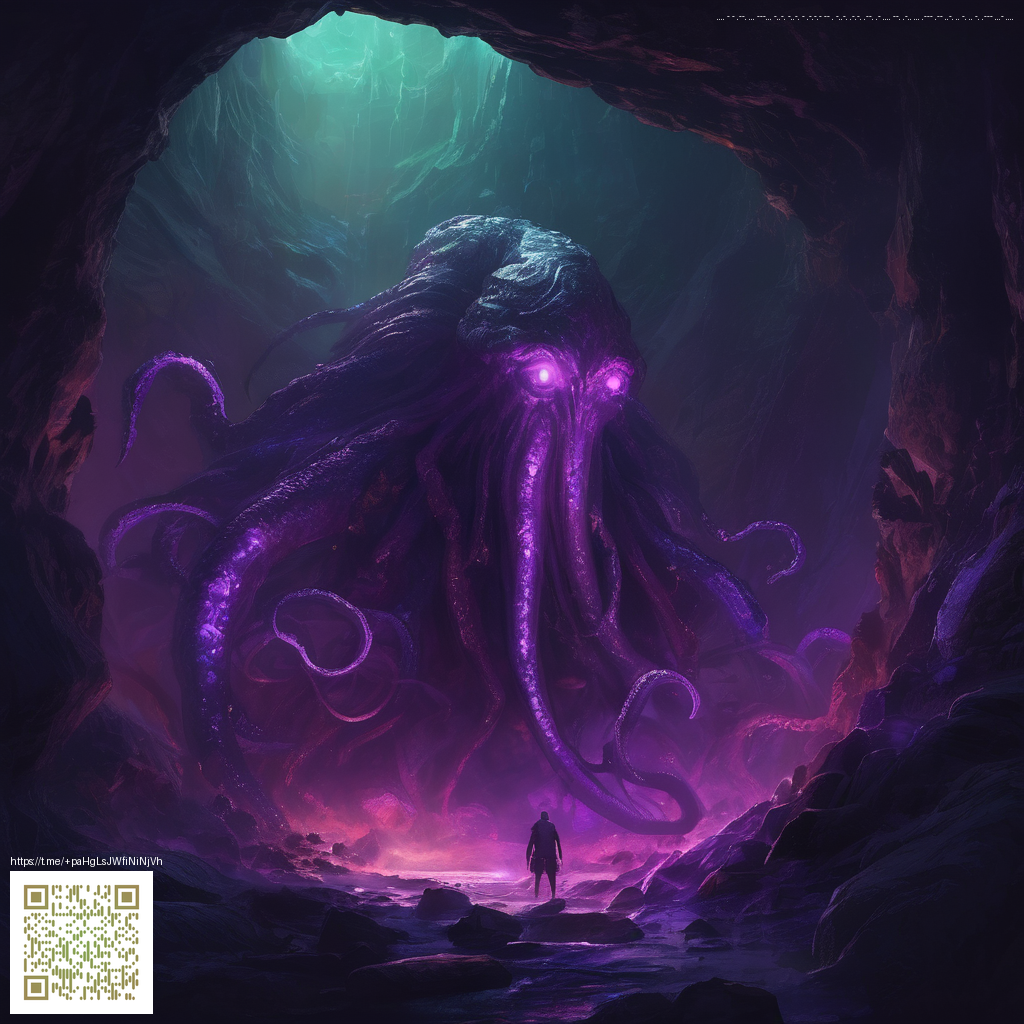Why Sandbox Games Elevate Player Creativity
Sandbox games have a unique way of unlocking creative potential by offering players a playground where rules are flexible, not fixed. Instead of following a strict script, players experiment with systems, mix and match mechanics, and sculpt experiences that reflect their own ideas. When you give someone a world with generous tools and minimal constraints, imagination becomes the primary driver of gameplay. It’s not just about what the game lets you do; it’s about what you discover you can do with it.
In these worlds, learning happens through play. Players learn by building, breaking, iterating, and sharing. The process mirrors real-world design cycles: sketch an idea, prototype quickly, test with others, gather feedback, and refine. The outcome isn’t a single, pre-determined victory; it’s a portfolio of possibilities inspired by a core set of mechanics that players remix into new creations. This is where creativity flourishes, and where games move beyond entertainment into a creative medium that can shape how people think, problem-solve, and collaborate.
Core Elements that Drive Creative Play
- Open-ended goals and flexible rules encourage players to chart their own courses rather than chase scripted outcomes.
- Rich toolsets—build modes, editors, physics engines, and mod support—enable experimentation at multiple scales, from tiny tinkering to grand projects.
- Social feedback and community sharing turn personal ideas into collective inspiration, as players remix each other’s creations and push one another to new heights.
- Iterative design space where players can test, fail, and retry without fear fosters resilience and technical growth.
- Emergent storytelling where mundane systems collide to produce surprising narratives that are unique to each player’s run.
“Sandbox is a proving ground where curiosity meets craft. The more you tinker, the more you discover what your ideas are capable of becoming.”
What makes sandbox experiences particularly effective for creativity is not just the grand projects, but the moment-to-moment decisions players make—the way a player tweaks a parameter to see how it changes a chain reaction, or how a simple mod transforms a mundane task into a clever puzzle. These micro-decisions accumulate into a personal design language, a toolkit players carry into other games, classrooms, or personal projects.
From Virtual Blueprints to Real-World Skills
Creativity in a sandbox isn’t confined to digital horizons. It spills into real-world problem solving: planning spaces, visualizing systems, and communicating ideas through artifacts. The design principles that empower players—clear feedback loops, modular components, and scalable tools—translate well to collaborative work, education, and even entrepreneurship. When people practice building in a low-risk digital space, they develop a confidence to prototype, iterate, and present ideas with clarity in the real world.
For creators who document prototypes on the go, the reliability of their gear matters. A rugged option such as the Tough Phone Cases Case Mate 269-3 keeps your device protected during field testing and on the move. Protecting your tools helps maintain momentum when inspiration strikes away from a desk, whether you’re sketching UI concepts, planning a mod, or capturing notes on a park bench.
Tools, Community, and Shared Vocabulary
One of the strongest drivers of creativity in sandbox games is the shared language of ideas. When players encounter a common toolkit—whether it’s a block-based editor, a scripting interface, or a physics sandbox—they can communicate more efficiently, collaborate across boundaries, and teach one another new tricks. Community showcases, mod libraries, and challenge events extend the reach of personal projects, turning a private spark into a public flame that motivates others to attempt bolder experiments.
Practical Strategies to Nurture Creative Play
- Set small, repeatable goals to keep momentum while preserving room for novelty.
- Explore interdisciplinary mashups, combining art, engineering, and storytelling within the same project.
- Document process as you go—screenshots, notes, and short videos help you reflect and share learnings with others.
- Seek diverse feedback from friends, mentors, and fellow players to broaden your perspective.
“Creativity in sandbox games is less about the final product and more about the journey of discovery—the moment you realize you can bend a rule to tell a different story.”
As developers continue to expand toolkits and empower players with more expressive systems, sandbox games will remain a powerful catalyst for creativity. The interplay between freedom and guidance—the right blend of open space and meaningful constraints—helps players grow not only as players but as makers in any field they choose to explore.
